1.
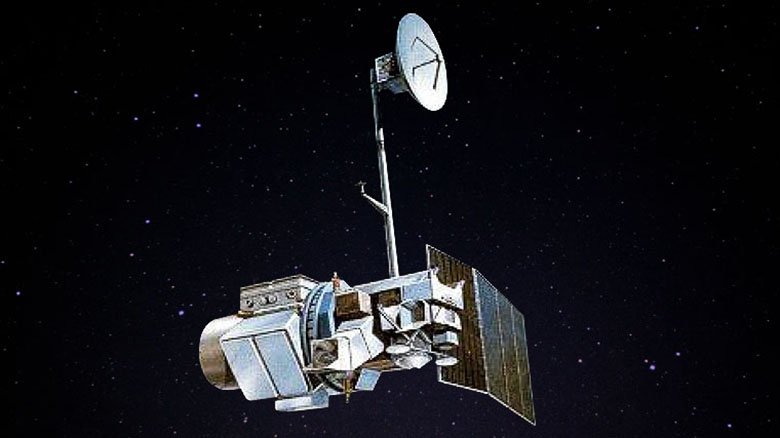
Which Earth-observing satellite holds the Guinness World Record for longest lifetime?

How much do you know about Earth and Earth-observing systems?
Take the quiz to find out.

Which Earth-observing satellite holds the Guinness World Record for longest lifetime?
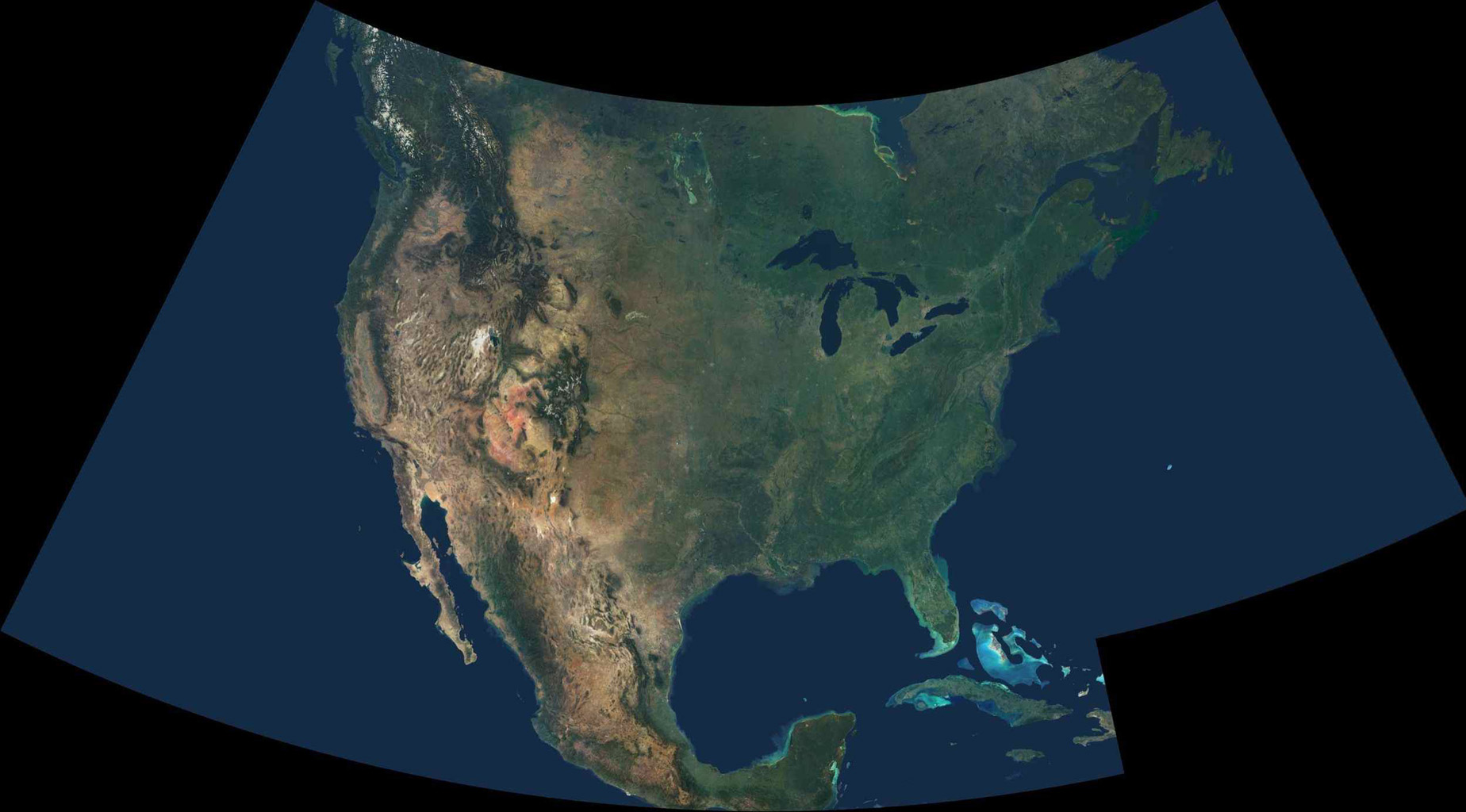
On average, which of these natural disasters kills the most Americans annually?

The Mesopelagic Zone in the ocean is also called:
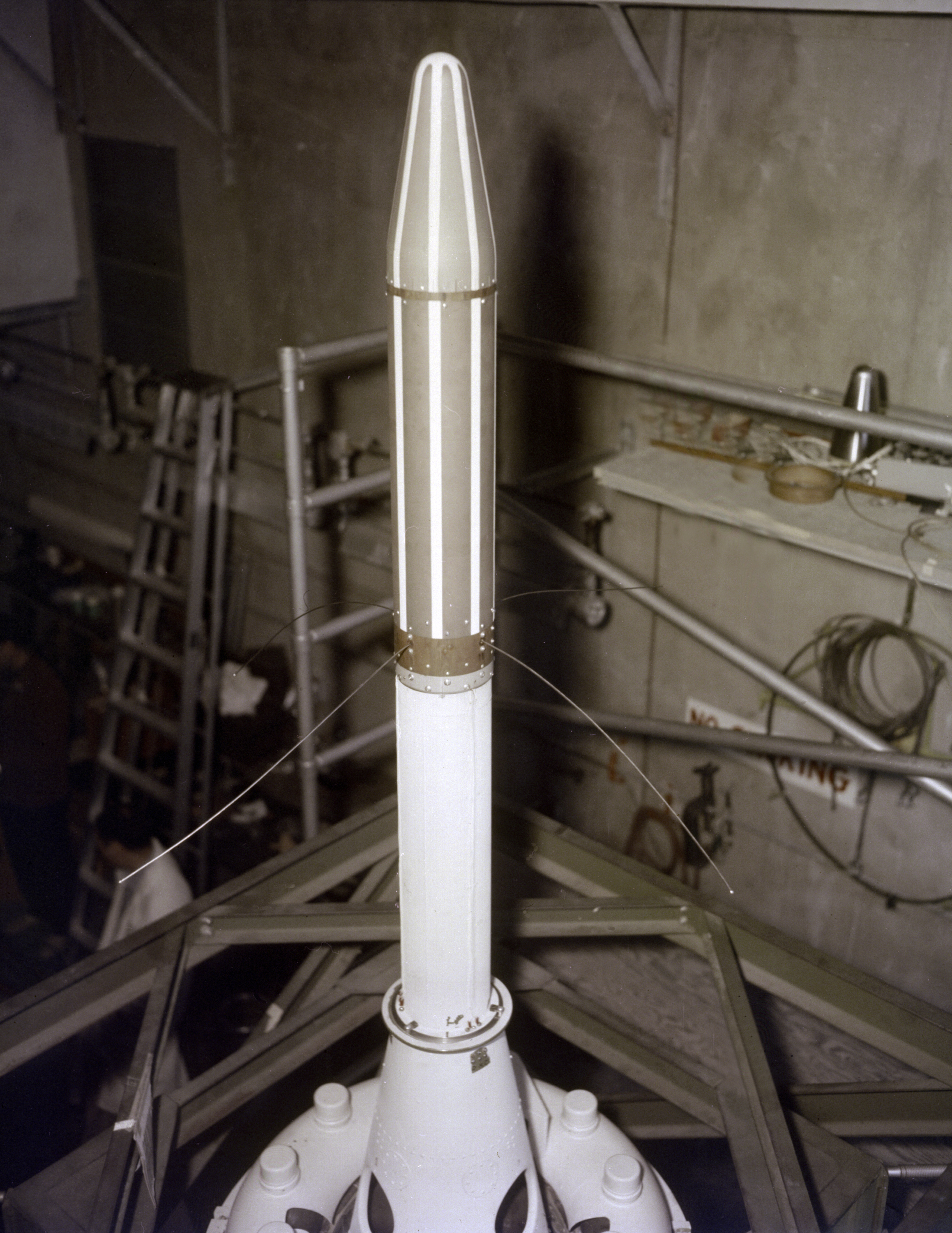
What was the name of the United States first satellite?

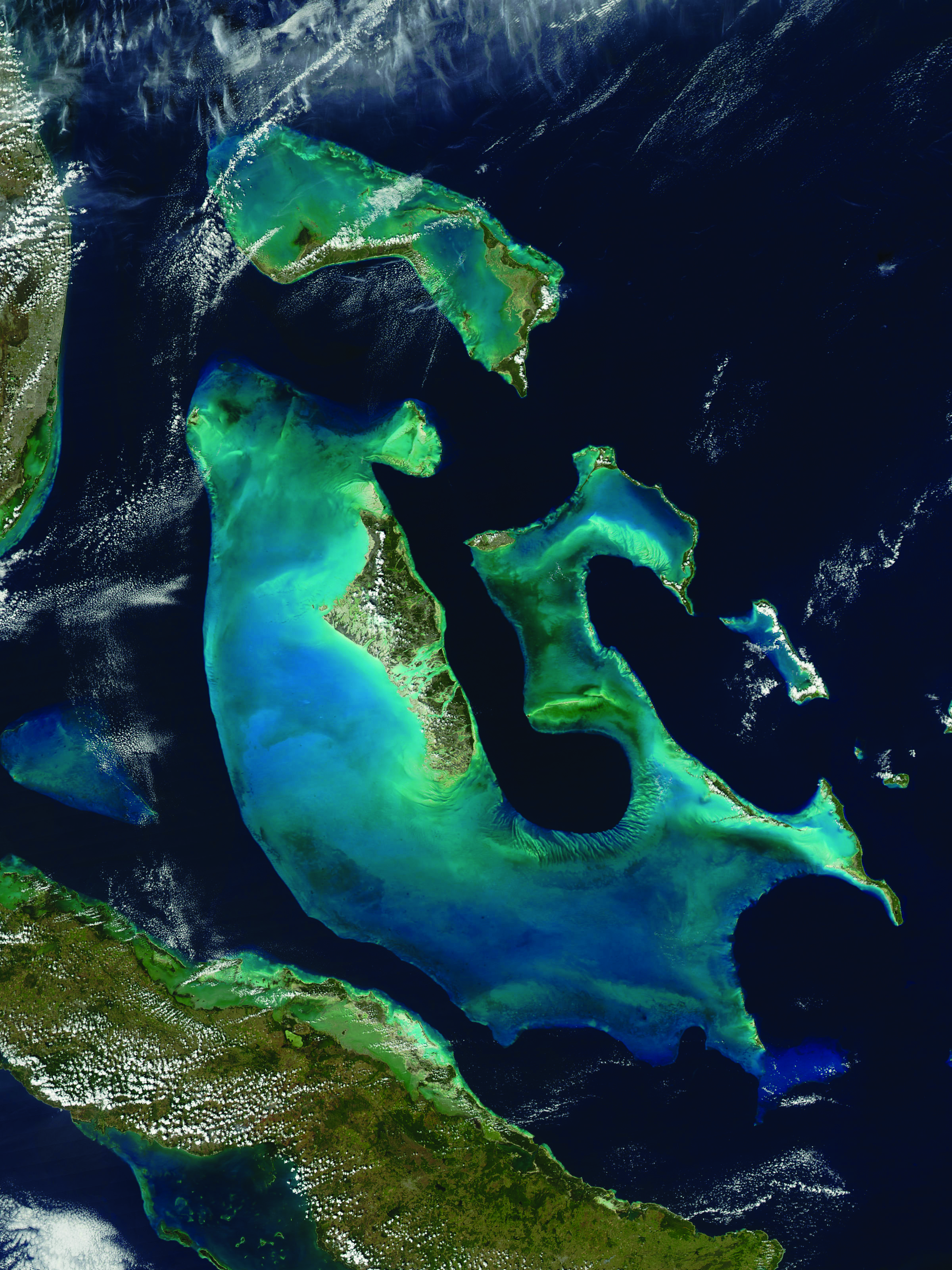
This Aqua satellite image from 2009 shows Great Bahama Bank. The underwater terrain is hilly and the crests of many of these hills compose the islands of the Bahamas. What is often the water depth over the banks?
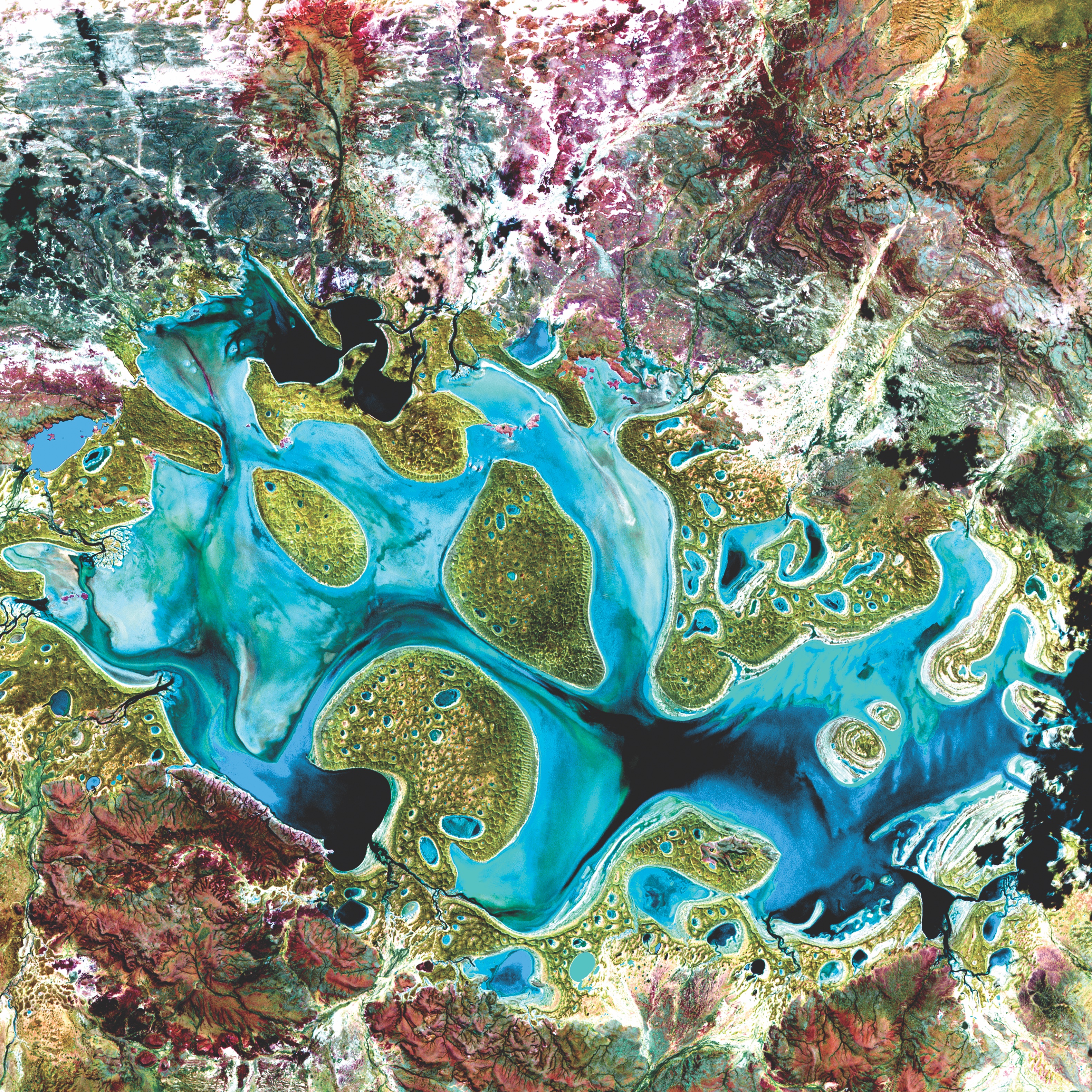
This Landsat image from 1999 shows Lake Carnegie, which fills with water only during periods of significant rainfall. Where is this ephemeral lake located?

One hectare of seagrass is one of the most valuable ecosystems on the planet. What is its estimated worth over a year?

Which of the following is NOT true?

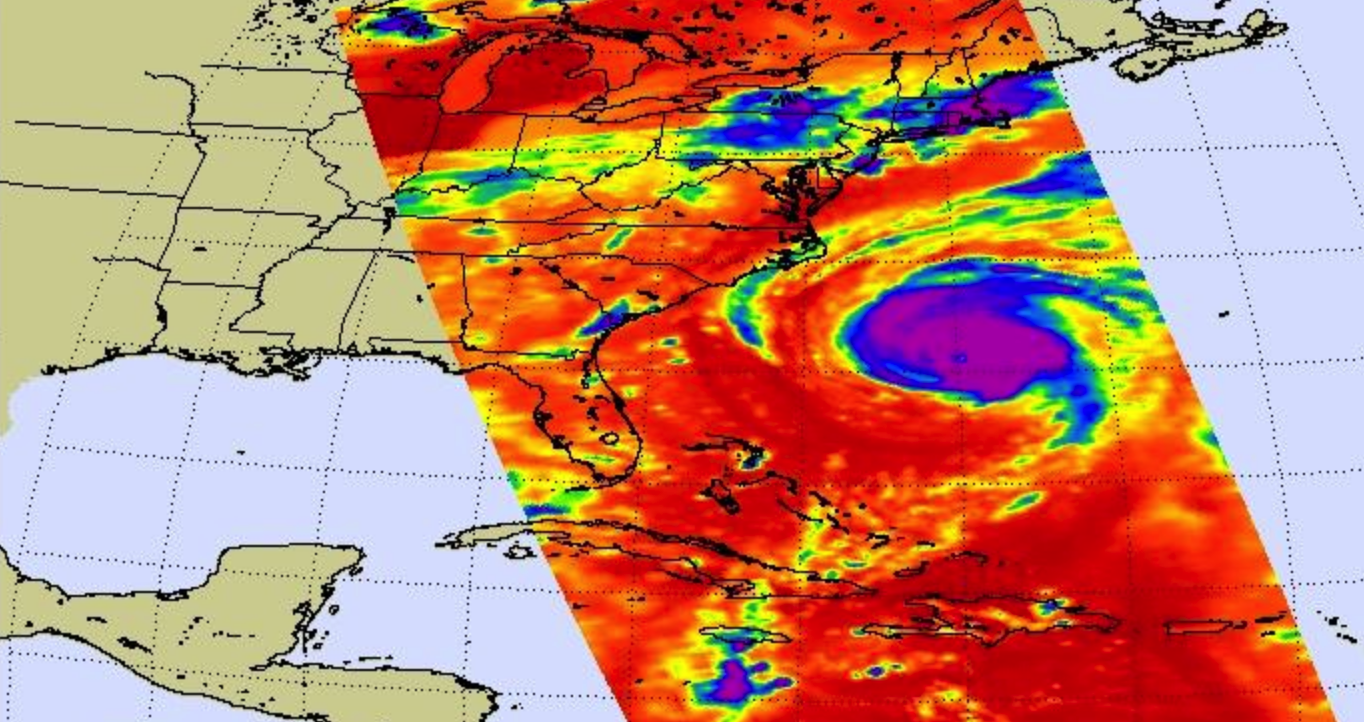
What kind of Earth-observing instrument measures vertical distributions of atmospheric parameters such as temperature, pressure, and composition from multispectral information?

What is the main objective of USGEO?
